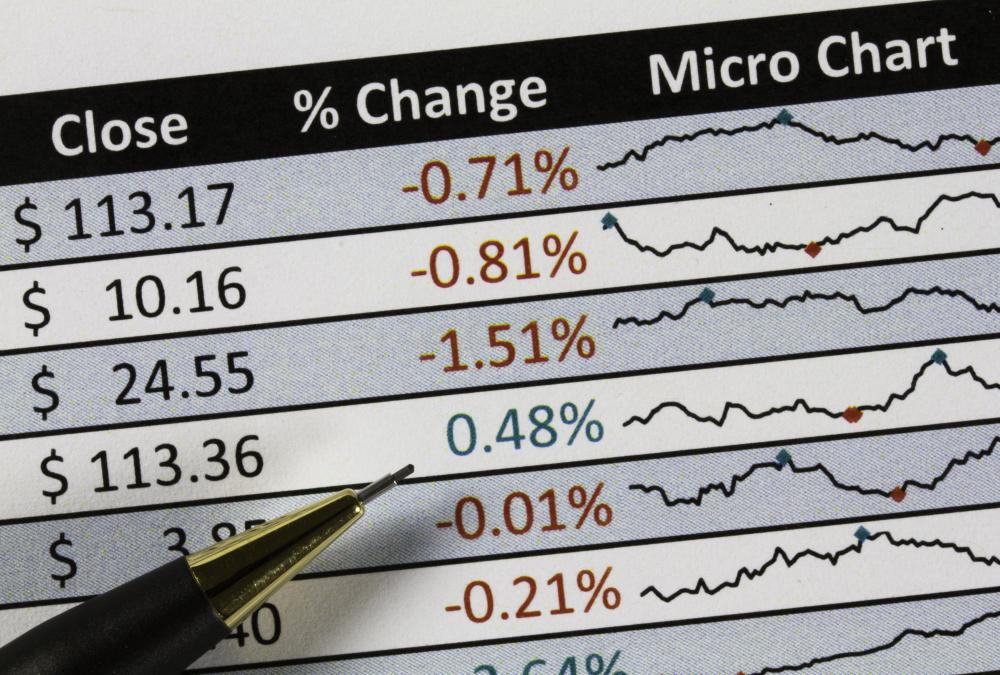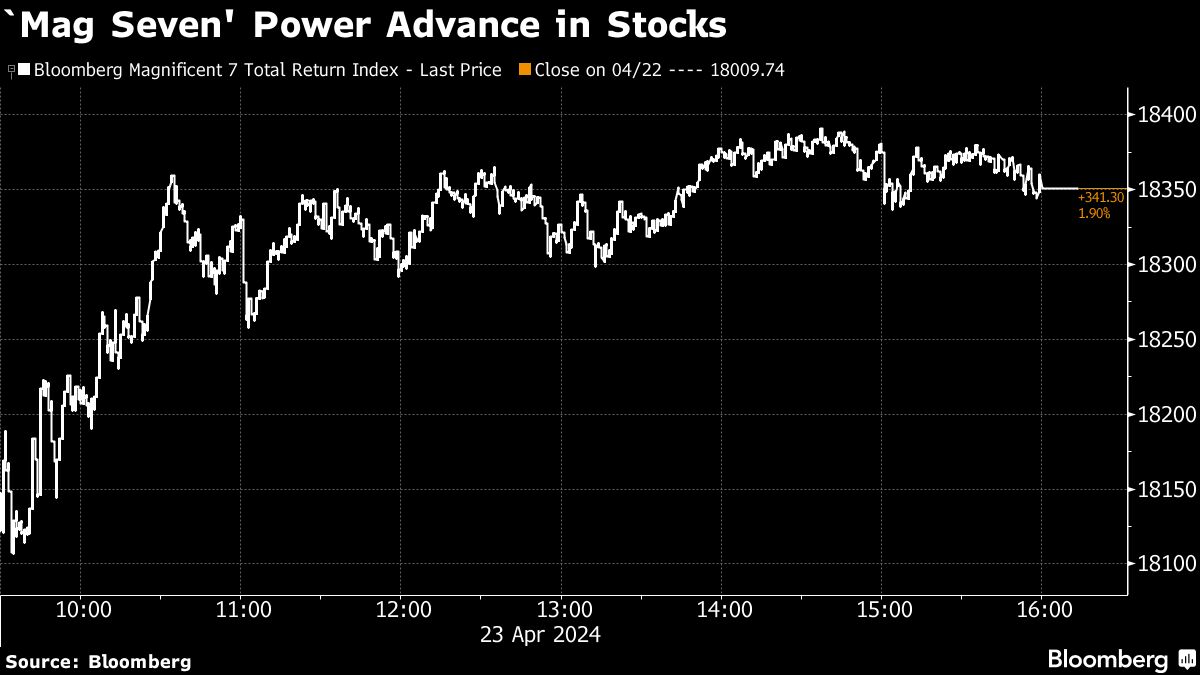GPU Market Volatility: Explaining The Price Fluctuations

Table of Contents
Crypto Mining's Impact on GPU Prices
Cryptocurrency mining, particularly Ethereum mining before its merge to proof-of-stake, played a significant role in driving up GPU demand and prices. The high computational power required for mining made GPUs essential tools, creating a surge in demand that often outstripped supply.
- Increased demand from miners leads to shortages: Miners, seeking to maximize their cryptocurrency earnings, purchased GPUs in large quantities, leading to significant shortages for other consumers.
- Miners often buy GPUs in bulk, further impacting availability: This bulk purchasing further exacerbated the scarcity, driving prices well above MSRP.
- Price spikes are directly correlated with periods of high cryptocurrency value: When cryptocurrency prices soared, so did the demand for GPUs, resulting in dramatic price increases. For example, the Ethereum price boom in 2021 directly correlated with a massive increase in GPU prices across the board.
- Regulation and changes in mining profitability heavily influence GPU demand: Government regulations on cryptocurrency mining and shifts in the profitability of mining specific cryptocurrencies (like Ethereum's transition to proof-of-stake) significantly impact GPU demand, leading to price adjustments.
During periods of high mining activity, GPU prices often doubled or even tripled their MSRP. The impact of Ethereum's popularity on GPU pricing is a prime example of this phenomenon, with cards becoming scarce and expensive during its peak.
Supply Chain Issues and Shortages
The global semiconductor chip shortage, which began in late 2020 and persisted well into 2023, severely impacted GPU production and availability. This shortage, exacerbated by numerous factors, created a perfect storm of limited supply and high demand.
- Factory shutdowns and disruptions due to pandemics or natural disasters: The COVID-19 pandemic caused widespread factory shutdowns and disruptions in the global supply chain, hindering GPU production.
- Limited manufacturing capacity resulting in extended wait times: The existing manufacturing capacity couldn't keep up with the surging demand, resulting in incredibly long wait times for consumers.
- Increased material costs influencing the final product price: The shortage of raw materials and increased transportation costs contributed to higher manufacturing costs, ultimately leading to inflated GPU prices.
- Logistics and transportation bottlenecks affecting GPU distribution: Delays in shipping and transportation further complicated the situation, making GPUs even harder to obtain.
Major GPU manufacturers like Nvidia and AMD faced significant production challenges during this period, resulting in limited stock and higher prices for their products.
Technological Advancements and New Releases
The release of new GPU generations significantly impacts the pricing of older models. As newer, more powerful cards enter the market, the demand for older generations decreases, leading to price drops.
- Older models become cheaper as newer, more powerful cards are released: This creates opportunities for budget-conscious buyers seeking capable GPUs.
- Price drops for older GPUs can be significant, creating opportunities for budget buyers: The price difference between generations can be substantial, allowing consumers to get good value for their money.
- Speculation and pre-orders impact pricing before official releases: The hype surrounding new GPU launches often leads to price speculation and inflated pre-order prices.
- Discuss the hype cycle surrounding new GPU launches: The launch of new series like Nvidia's RTX 4000 series or AMD's RX 7000 series always results in a surge of interest, influencing the market price of the existing and previous generations.
The price trajectories of previous GPU generations, such as the Nvidia RTX 30 series and AMD Radeon RX 6000 series, clearly demonstrate this pattern of price fluctuations following the release of newer cards.
Scalpers and Market Manipulation
Scalpers and automated bots play a significant role in artificially inflating GPU prices. These actors exploit high demand and limited supply to profit from reselling GPUs at exorbitant prices.
- Bots automatically purchase large quantities of GPUs at launch: Bots are programmed to quickly purchase large numbers of GPUs, often bypassing normal purchasing limits.
- Scalpers resell GPUs at significantly higher prices than MSRP: They then resell these GPUs at significantly inflated prices, taking advantage of consumers desperate for the latest hardware.
- Discuss the ethical implications and impact on consumers: This practice is ethically questionable, depriving legitimate consumers of access to GPUs at fair prices.
- Mention efforts to combat scalping and bot activity: Efforts to combat scalping include stricter purchasing limits, anti-bot measures, and increased enforcement against unauthorized reselling.
Economic Factors and Global Events
Broader economic trends and geopolitical events also significantly influence GPU prices. These external factors impact production costs, consumer spending, and the overall availability of components.
- Inflation and currency fluctuations affecting production costs and consumer spending: Inflation and currency fluctuations directly impact production costs and consumer purchasing power, affecting GPU pricing.
- Global trade wars and tariffs increasing import prices: Trade disputes and tariffs increase import costs, pushing up GPU prices.
- Political instability impacting supply chains: Geopolitical instability can disrupt supply chains, further contributing to GPU shortages and price increases.
- Discuss the impact of major economic events on GPU sales and prices: Major economic events like recessions can also impact consumer spending on non-essential items like high-end GPUs.
Conclusion
The GPU market's volatility is a complex interplay of several factors, including cryptocurrency mining trends, supply chain disruptions, technological advancements, scalping activities, and broader economic forces. Understanding these factors is crucial for making informed purchasing decisions. By staying aware of these influences, consumers can navigate the unpredictable landscape of GPU pricing more effectively.
Call to Action: Stay informed about the latest developments in the GPU market to make smart choices and avoid overpaying. Continue researching GPU market volatility to navigate the price fluctuations successfully. Learn more about current GPU prices and trends to optimize your purchasing strategy and avoid becoming a victim of GPU market volatility.

Featured Posts
-
 Mets Rival A Pitchers Unexpected Dominance
Apr 28, 2025
Mets Rival A Pitchers Unexpected Dominance
Apr 28, 2025 -
 Bubba Wallaces Martinsville Finish A Detailed Look At The Final Restart
Apr 28, 2025
Bubba Wallaces Martinsville Finish A Detailed Look At The Final Restart
Apr 28, 2025 -
 Denny Hamlins Martinsville Victory Breaking The Dry Spell
Apr 28, 2025
Denny Hamlins Martinsville Victory Breaking The Dry Spell
Apr 28, 2025 -
 Aaron Judge Welcomes Child With Wife Samantha Bracksieck
Apr 28, 2025
Aaron Judge Welcomes Child With Wife Samantha Bracksieck
Apr 28, 2025 -
 Tech Giants Boost U S Stocks Tesla Leads The Charge
Apr 28, 2025
Tech Giants Boost U S Stocks Tesla Leads The Charge
Apr 28, 2025
